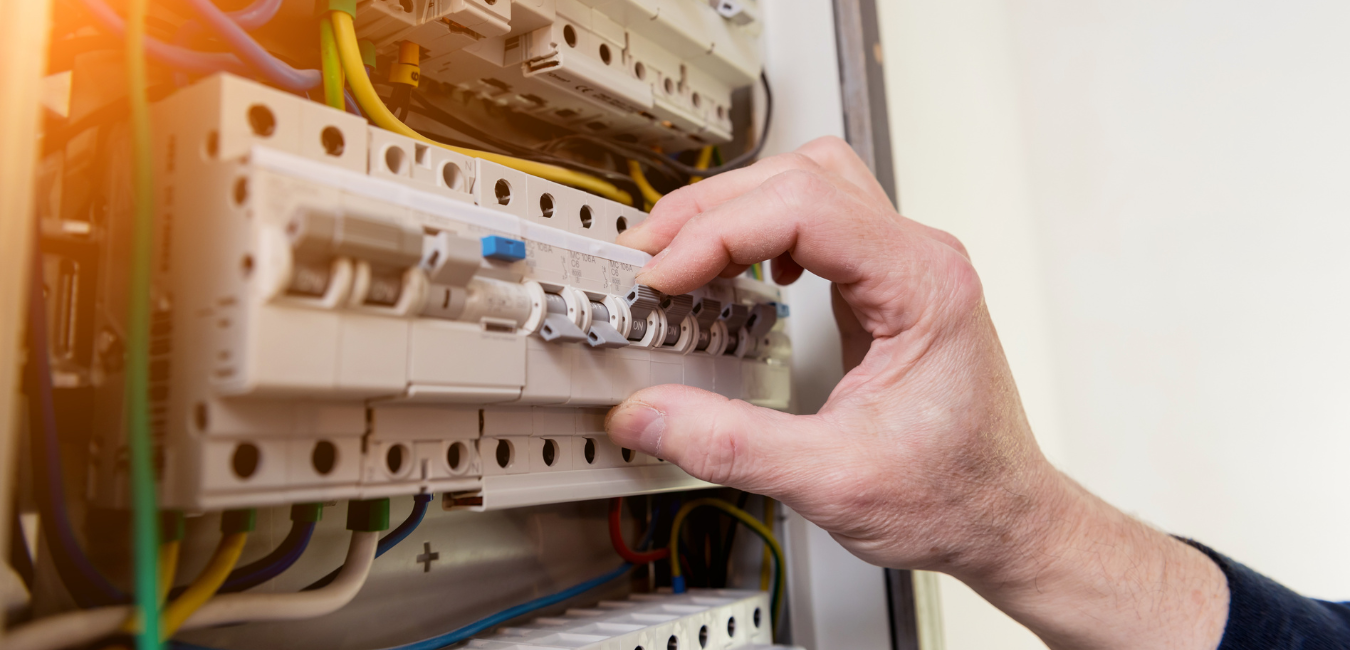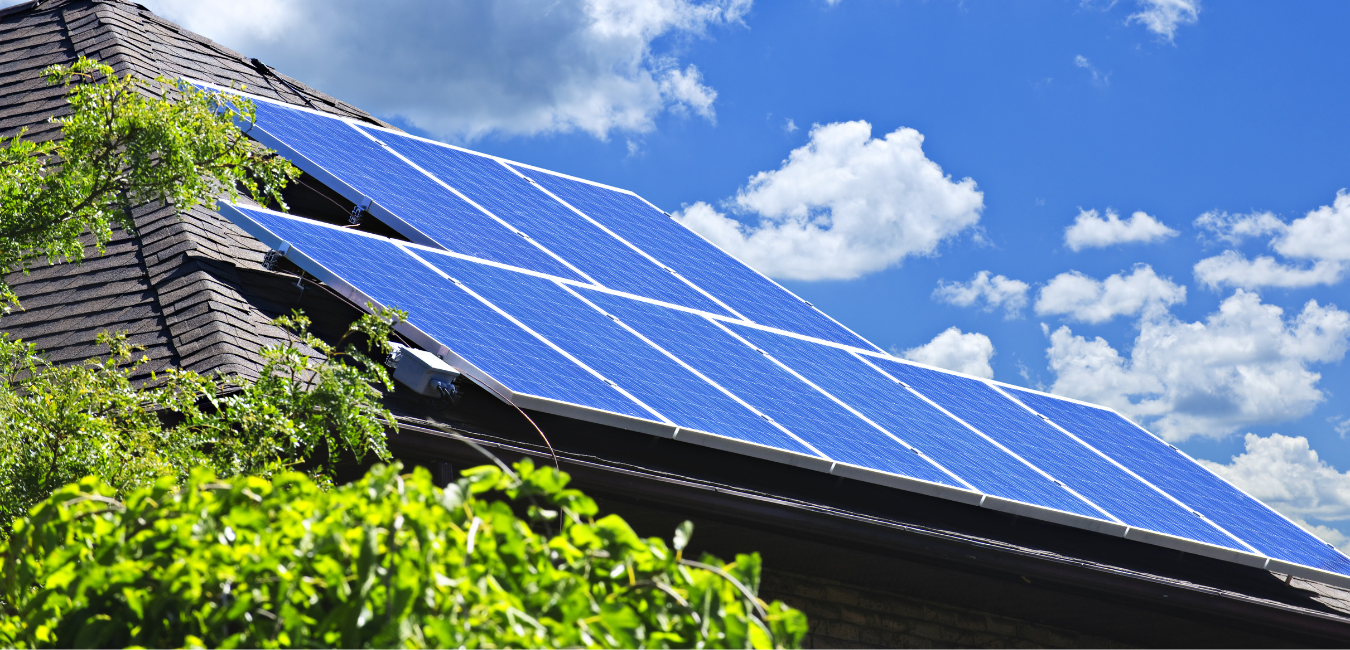Home automation makes it easy to remotely control and monitor your home's lighting, security, entertainment and climate control. It provides convenience, can save energy costs, and give you peace of mind by enhancing home security, just to name a few! However, setting this up can be overwhelming and expensive if you are unfamiliar with the home automation technology.
That is why we have created a simple guide to setting up a smart home to get you started!
1 Choose a smart home hub
To begin, determine which areas you want to automate or remotely control, such as lighting, security, heating/cooling, or entertainment systems. Then, choose a smart home hub as your central control point for all smart devices. Some popular ones include Amazon Echo Dot, Aeotec Smart Home Hub, Google Nest Hub, Apple HomePod, and Samsung SmartThings.
2 Get compatible smart devices
Assess your current smart devices to see if they're compatible with your chosen smart home hub. If not, research and purchase smart devices that will meet your needs and can connect with your smart hub. For example, these smart devices might include light bulbs, power outlets, power switches or dimmers, speakers, locks, doorbell, washer/dryer, fridge, oven, air conditioner, TV, washer/dryer, robot vacuum, security cameras, thermostats and pet tech.
3 Set up the hub and devices
Once you have your devices, set up your smart home hub by following the instructions. This usually involves connecting the hub to your home’s Wi-Fi network and creating an account. Then connect and configure your smart devices by referring to each device's user manuals. You can group your devices according to rooms or functions within the smart home hub's app to make controlling and managing them easier. And if your smart home hub supports voice assistants, Alexa or Siri, set it up so you can control your devices using voice commands through the compatible smart speakers or your smartphone.
4 Schedule automation
Customise your routines and schedules to take advantage of automation features provided by your smart home hub. This might be scheduling for house lights to turn on and off at a specific time, or setting your air conditioner to turn on before you get home etc.
5 Test and optimise the hub and devices
After setting up your smart home, test the functionality of each device and troubleshoot any issues that may arise. As you expand your smart home setup, always check compatibility and security considerations for any new devices you plan to add.
Need assistance setting up your home automated system?
Ehlerth Electrical is a Brisbane-based team of award-winning Gold Master Electricians who provide the highest quality workmanship and service across various electrical fields. This includes communications services such as high-speed internet installation and repair, home and office automated systems, CCTV, security and access control systems. Please contact our team today if you need help setting up a smart home.












